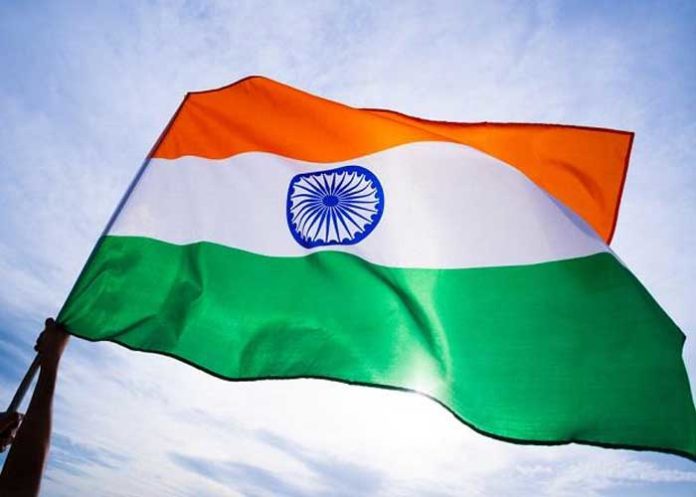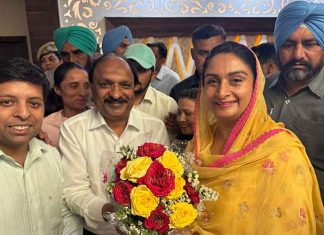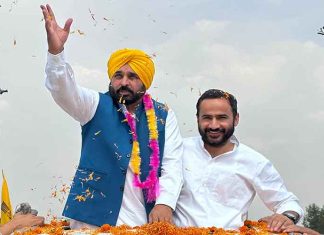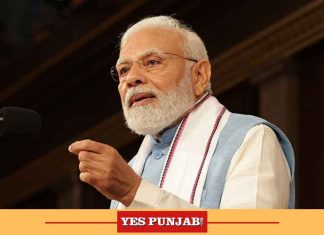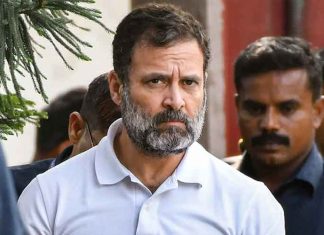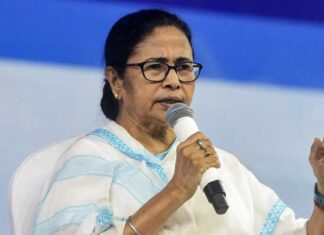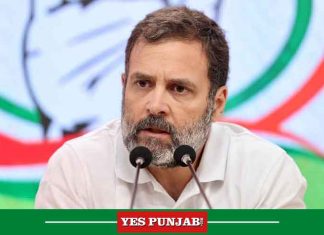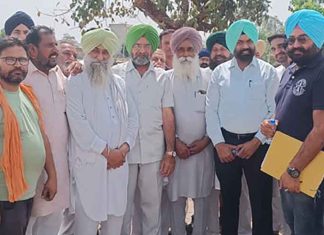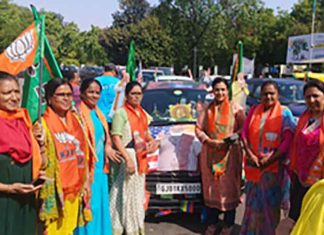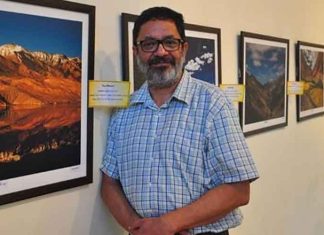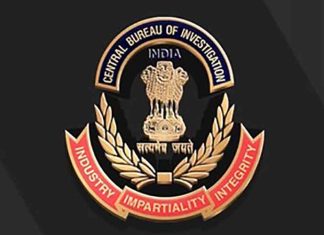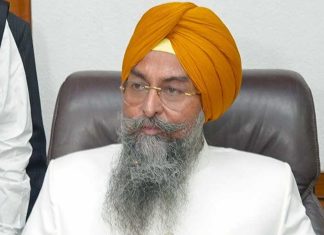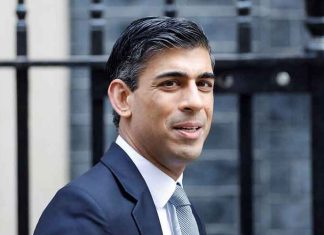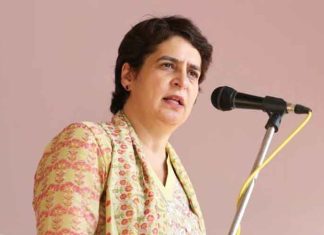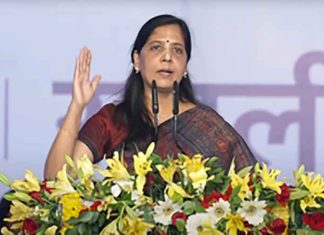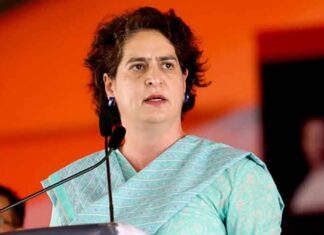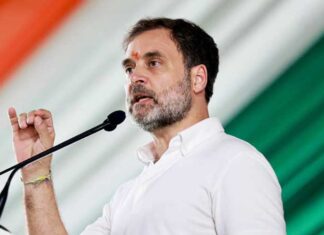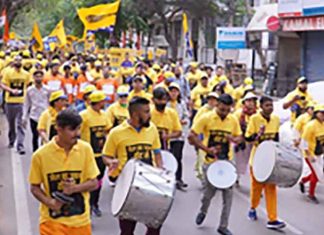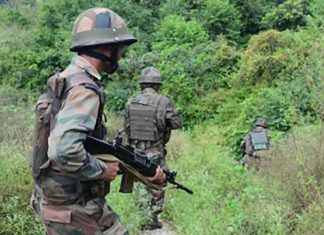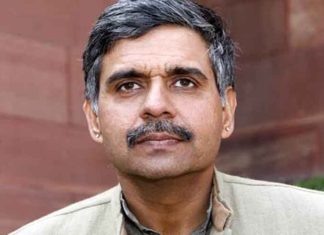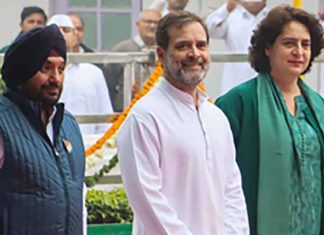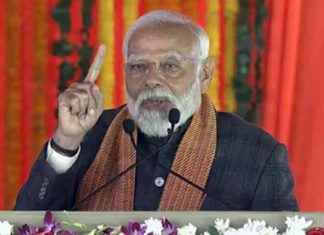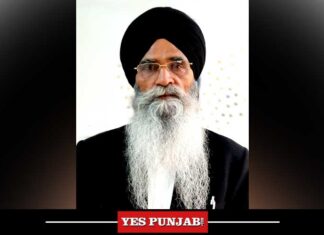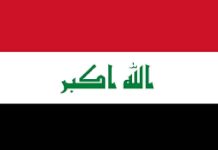Washington, Nov 24, 2023
India is Bharat and Bharat is India. But West Asia is not Middle East, or the other way around because although geographically contiguous, they are a world apart: the former is a geopolitical entity and the latter a byproduct of centuries of colonialism.
External Affairs Minister S. Jaishankar and his ministry have been using the two terms interchangeably for the region in a marked departure from the past when the Indian officialdom went with “West Asia” from the time the ministry was created, according to anecdotal accounts cited by past and present diplomats.
“We are gathered to discuss the deeply concerning situation in the Middle East, with a particular focus on Gaza,” Jaishankar said at a virtual meeting of BRICS leaders on Tuesday.
“South Africa has rightly taken the initiative to convene the BRICS, and also to include those who would be part of the group in due course. I convey Prime Minister Modi’s greetings to all the leaders, virtually present.”
Two weeks earlier, the minister used the same term in a speech to Italian lawmakers in Rome. “We also are now watching with increasing concern; Senator, you referred to the Middle East, I think both of you, and where that would go, I think is a very difficult question to answer. Obviously, all of us will have an interest in ensuring that there is no escalation.”
The India-US joint statement after the 2+2 ministerial that took place in New Delhi on November 10 also dumped “West Asia” for “Middle East”, and multiple times. Here is the first of them: “The Ministers discussed developments in the Indo-Pacific, Middle East, Ukraine among other regions.”
Joint statements in the past have reflected the Indian preference for “West Asia”. “Building on ongoing consultations between India and the United States on East Asia, Central Asia, and West Asia, and the trilateral dialogue mechanisms with Afghanistan and Japan respectively,
the Leaders agreed to expand their consultations to include a dialogue on the Indian Ocean Region, to deepen coordination on cross-cutting issues including maritime security and conservation of natural resources,” said the joint statement issued by the two countries after a meeting between then Prime Minister Manmohan Singh and President Barack Obama in 2013.
Prime Minister Narendra Modi himself seems to prefer “West Asia”, demonstrating continuity. “When I had proposed this virtual summit, there was no forecast of what the global situation would be today,” Prime Minister Modi said in his opening remarks at the virtual summit of the G20 leaders on Wednesday.
He went on to add, using “West Asia”.
“Recent months have brought forth new challenges. The insecurity and instability in the West Asia region concerns us all. Our coming together today is a sign that we are sensitive to all these issues and stand together to resolve them.”
Indian diplomats denied Jaishankar’s use of the term “Middle East” represented a change. “He might have used the term only because his interlocutors were more familiar with it,” one of them said, and pointed to multiple instances in which the External Affairs Minister used the term “West Asia” in posts on X.
India — or the Ministry of External Affairs — adopted the term “West Asia” in 1954, according to the ministry’s oral and anecdotal history. The ministry’s WANA division — short for West Asia and North Africa — deals with the region comprising Asia’s Israel, Lebanon, Syria, Palestine and Jordan; and Africa’s Egypt, Morocco, Sudan, South Sudan, Somalia, Tunisia, Algeria, Libya, and Djibouti.
The Gulf Division covers other countries usually associated with West Asia/Middle East: Bahrain, Iraq, Kuwait, Oman, Qatar, Saudi Arabia, Yemen, and the UAE.
The term “Middle East” is rooted in colonial Britain’s Eurocentric view of the world and Asia. The eastern Mediterranean region, which was closest to Britain was called the “Near East” and roughly comprised the remnant of the Ottoman Empire.
The East Asian region countries such as China, Japan and the Koreas, that were the farthest, were called the “Far East”. And the region in between was called the “Middle East”, which, incidentally, now is the remit of the US State Department’s Near Eastern Affairs Bureau.
India chose “West Asia” to identify the region correctly by its geography. One Indian diplomat described it as a “neutral term” compared to the “value-loaded” Middle East.
A former diplomat dismissed the suggestion that the use of “Middle East” instead of “West Asia” was merely a matter of convenience.
“Why should we give up on our principles for someone else’s convenience,” the person said, adding: “West Asia is not just another name for the Middle East.”(Agency)



